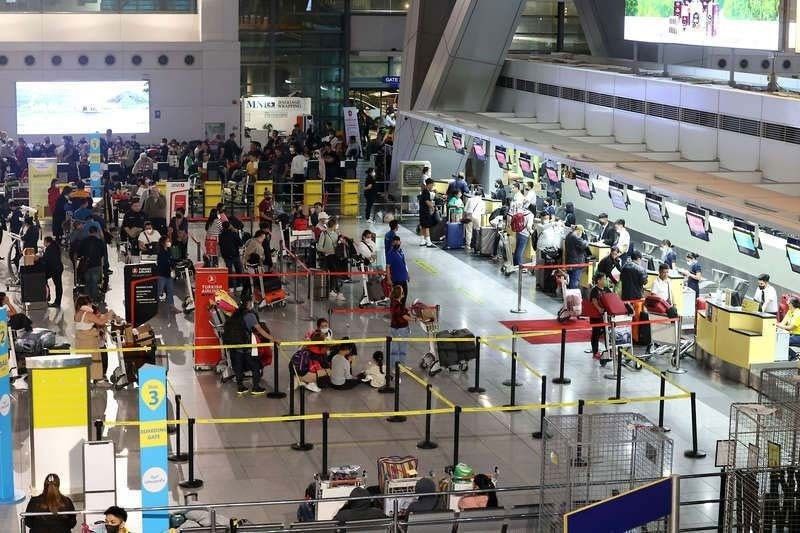Senate panel releases findings on airport shutdown

MANILA, Philippines — The government should put up an air traffic management system of the Ninoy Aquino International Airport (NAIA) in a more secure location, ensure compliance with International Civil Aviation Organization (ICAO) standards and immediately establish the proposed Philippine Transportation Safety Board (PTSB) to ensure the safety of air passengers, a report of the Senate public services committee has recommended.
Sen. Grace Poe, chair of the committee, delivered on Tuesday a summary of the report of her panel, which conducted a series of hearings on the New Year’s Day closure of the country’s airspace for about 10 hours after the NAIA’s Communication, Navigation and Surveillance Systems/Air Traffic Management (CNS/ATM) system operated by the Civil Aviation Authority of the Philippines (CAAP) shut down, displacing some 60,000 passengers and disrupting at least 300 flights.
“The Jan. 1 ‘systems failure’ was indeed a confluence of factors and errors. Experts likened it to the planets aligning, albeit with an unfortunate consequence. This is a rare event, but we know it can happen, and will happen again if we’re not going to act on the problems of the country’s air traffic system,” Poe told the plenary.
“There is much work needed for a better system. It is my earnest hope that through our investigative work, Congress will be able to assist CAAP in providing a system where travel in our airspace is no longer shut down by causes which could have been avoided,” she said.
She called for the immediate upgrade of the CAAP’s technical capacity and critical equipment in the country’s airports to avert glitches.
These should be complemented with the rollout of sufficient engineering guidelines and training of accredited engineers who will man the system, she said.
The shutdown of the CNS/ATM of the CAAP was traced to a circuit breaker that shorted after the system’s uninterruptible power supply failed to work.
Poe reiterated the panel would not adopt as of now a punitive direction on its findings or recommend criminal prosecution of CAAP and other concerned officials, stressing public safety as its primary goal.
“Accountability will follow after we’ve laid down safety measures for our air passengers,” she said.
Among the committee’s other recommendations are setting up of another CNS/ATM in an “independent” location, fast-tracking of feasibility studies on the proposed privatization of the NAIA’s operations, immediate compliance by CAAP with recommendations of the ICAO, amendment of CAAP charter to improve efficiency and transparency and passage of relevant bills such as PTSB, Philippine Airports Authority Act and Air Passengers Bill of Rights.
Meanwhile, the Department of Transportation (DOTr) has recommended the separation of regulatory and operational functions of several attached agencies.
During yesterday’s Kapihan sa Manila Bay press briefing, Transportation Secretary Jaime Bautista said they have recommended the separation of the regulatory and operational functions of the CAAP, Manila International Airport Authority (MIAA) and Philippine Ports Authority.
“We support that, because the CAAP and MIAA, they are both operators and regulators. So, we really want to split these functions up,” Bautista told reporters in Filipino.
He, however, said legislation is needed for this.
Under their recommendations, the DOTr will only have oversight functions over the government-owned and controlled corporations. – Ralph Edwin Villanueva
- Latest
- Trending
































